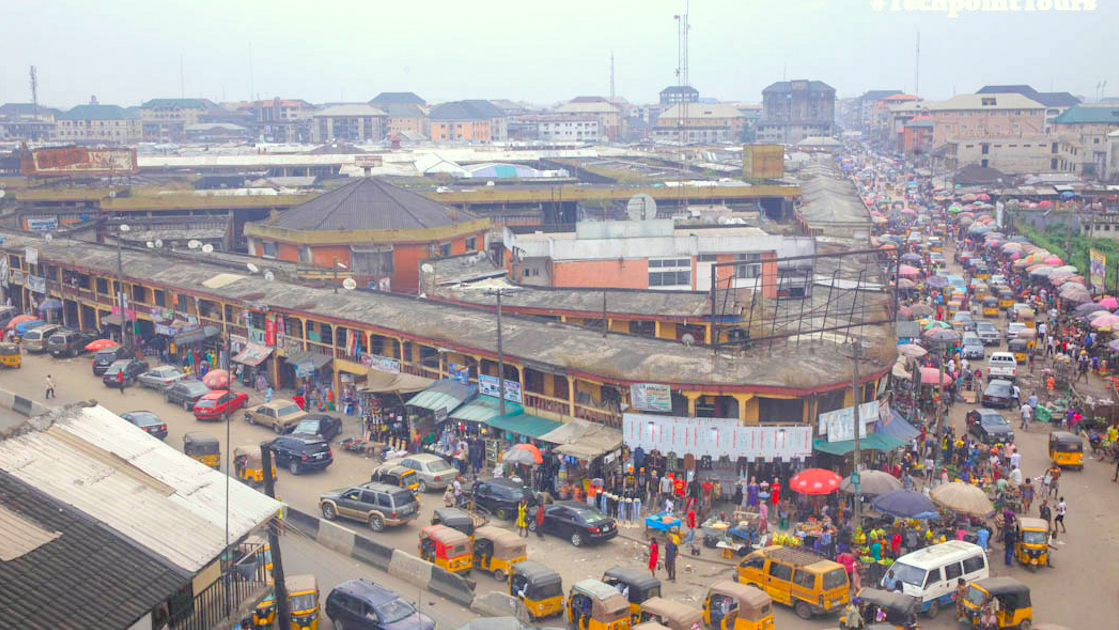
Abia State
The name Abia is derived from the initials of the most populous towns of the area at its creation, Aba, Bende, Isuiwkuato and Afikpo. The history of the Igbo cannot be narrated without reports of the Trans-Atlantic slave trade, and the facilitation of this trade was made possible by the Arochukwu people of the State. The alliances that formed the Aro kingdom was speculated to be as old as 1650–1700. The hegemony of the people was not realized in one day, rather through series of conquests and annexations and consolidations. They founded many communities in today’s Igboland and beyond with the authority wielded by a monarch called the Eze meaning King.
In what history termed the Arochukwu expedition of 1900/1901, the Arochukwu that was perceived as the biggest threat to the British business of colonialism had their powers deflated for the British entry into the Igbo hinterlands. Another epochal event in the history of the British colonial enterprise that yet again, emphasised the doggedness of the people in the Abia area was the Aba Women’s war of 1929/1930. A widespread resistance against taxation of women in Igbo land.
At the country's independence in 1960, Abia was part of the then Eastern Region. From 27th May, 1967, it became a part of the East Central State, created by the then Head of the Federal Military Government, Gen. Yakubu Gowon. On 3rd February, 1976, East Central State was split into two States, Anambra and Imo, by the Federal Military Government of Gen. Murtala Mohammed. On the 27th of August, 1991, the Federal Military Government of General lbrahim Babangida carved out Abia State from Imo State. In October, 1996, the Federal Military Government of General Sani Abacha created six more States, one of them, Ebonyi. It saw the separation of Onicha, Ohaozara, Afikpo North and Afikpo South from Abia State to be joined to the newly created Ebonyi State.
HISTORY
GEOGRAPHY
Abia State occupies about a land area of 6,320 square kilometres. It is bounded on the north and northeast by Anambra, Enugu and Ebonyi, to the west is Imo State, to the east and southeast are Cross River and Akwa Ibom States respectively and to the south, Rivers State.
The southern part of the State lies within the riverine part of Nigeria, it is a low-lying tropical rainforest with some oil palm brush, the southern portion gets heavy rain fall of about 2,400 millimetres (94 in) per year and is especially intense between the months of April through October. The rest of the State is moderately high plain and wooded savannah.
The last national census figures of 2006 pegged the population at 4,112,230 people, with a population density of 650/km2 (1,700/sq mi).
Igbo language is the major language of communication, but there are other languages like Ibibio; Ibuoro, Nkari and Anaang are spoken by the surrounding territories.
DEMOGRAPHY
ECONOMY
Abia is fondly regarded as the State of the creatives. The State is the hub of manufacturing and light industries. From fabric, to shoes, pharmaceuticals to accessories, machines and other assemblage and production, the people are almost innately skilled.
The mid- to late nineteenth century, weaving grew from part-time activity that occupied some women, to full-time occupation in which all Akwete women participated. At this period, Akwete weavers responded to the patronage of neighboring Ijo peoples of the Niger- Delta, devising novel techniques to create desired patterns in new textile materials. Ndoki people in both Abia and Rivers States are famed for the cloth, but production is more concentrated in Akwete.
Reported to have over 80,000 leather makers, the Ariaria market in Aba churns out about a million shoes weekly and an approximate of 48 million pairs produced. The industry is said to be worth up to N120 billion. The Aba textile, foot ware and leather industry, machine, cement, cosmetics and pharmaceutical industries contribute significantly to Nigeria’s annual GDP. Tourism which is not fully exploited has the potentials of being a major contributor of the GDP in the hands of the old globally famed Arochukwu shrines, palaces and caves and the war museums. Apart from the economic potentials in Abia’s light industries, tourism and agriculture, crude oil contributes about 39% to the State’s GDP. Abia State’s passive governments most notably have failed to harness the myriad of opportunities in the creative sector.






